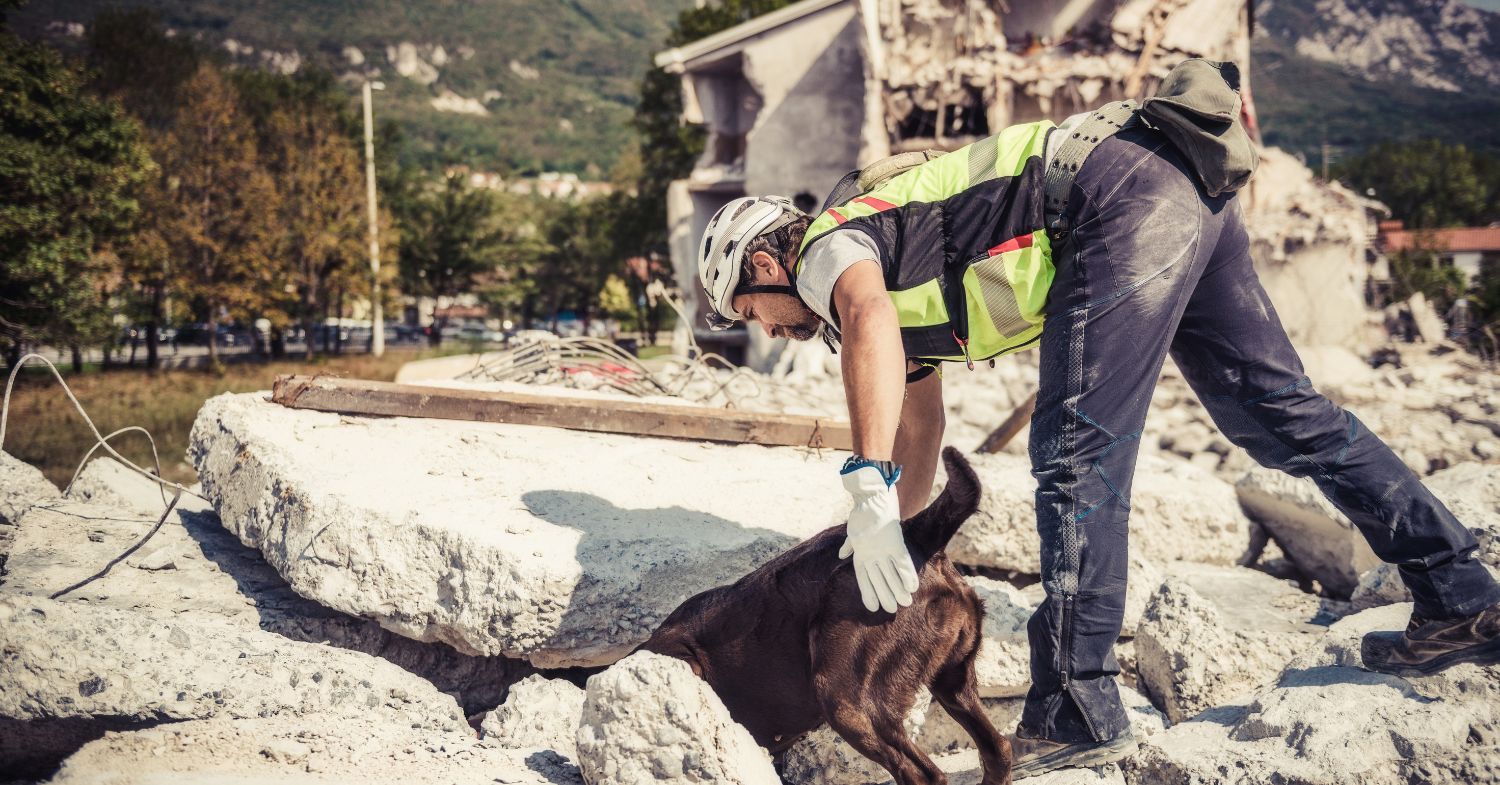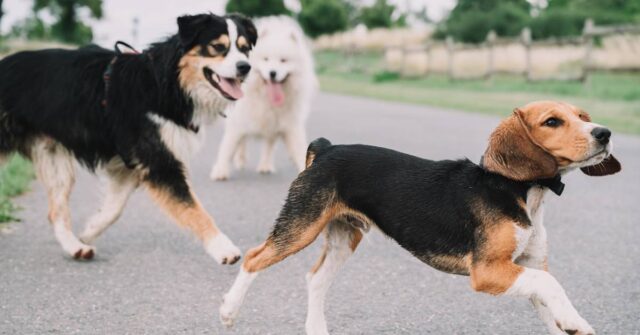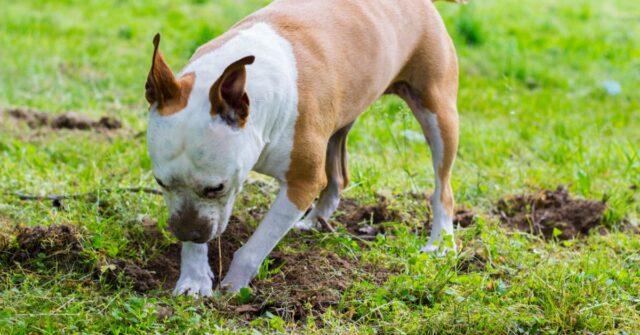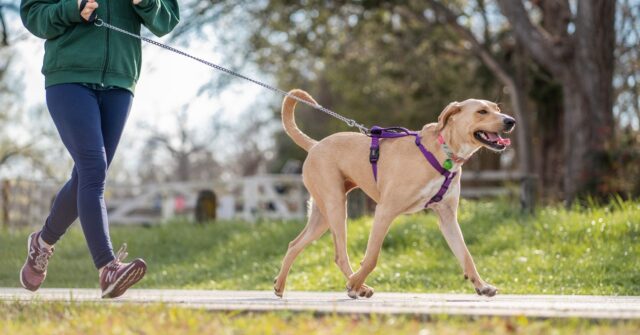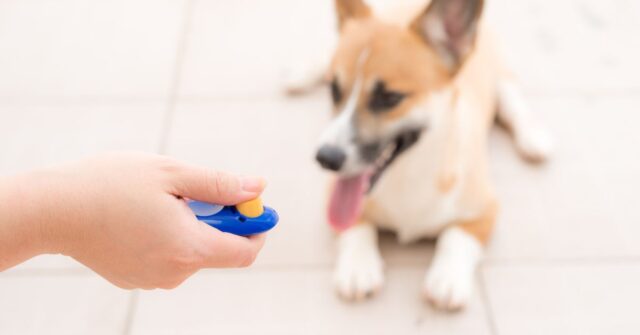Training a dog for search and rescue (SAR) in Australia is an immensely rewarding experience. This guide will provide comprehensive steps, techniques, and tips to help you prepare your dog for SAR work.
By following these guidelines, you can help your dog develop the skills necessary to assist in life-saving missions.
Introduction to Search and Rescue Dogs
Search and rescue dogs play a crucial role in emergency situations. They are trained to locate missing persons, whether it’s in urban areas, wilderness, or disaster sites.
The impressive olfactory capabilities of dogs make them ideal for this type of work. They can detect scents that are days old and track them over large distances.
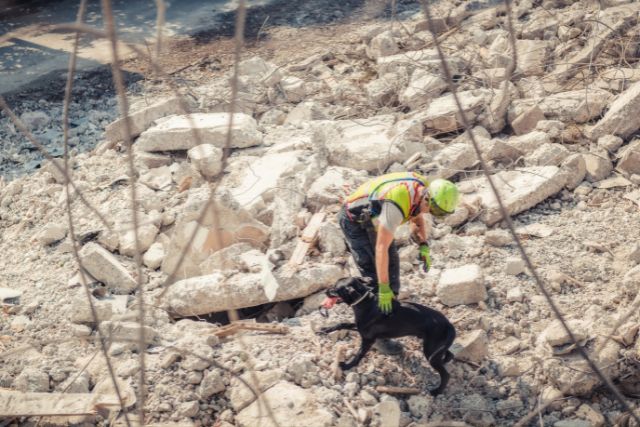
The Role of Search and Rescue Dogs
SAR dogs are deployed in various scenarios, from finding lost hikers in the wilderness to locating survivors in the aftermath of natural disasters.
Their ability to work in diverse environments makes them invaluable to emergency response teams.
These dogs often work alongside human handlers, forming a critical component of search and rescue operations.
Importance of SAR Dogs in Emergency Situations
In emergencies, time is of the essence. SAR dogs can quickly cover large areas that would take human searchers much longer to traverse.
Their keen sense of smell allows them to locate individuals even if they are hidden or trapped, significantly increasing the chances of a successful rescue.
Overview of Dog’s Olfactory Capabilities
Dogs have an extraordinary sense of smell, with up to 300 million olfactory receptors compared to humans’ 5 million.
This enables them to distinguish and remember different scents, making them exceptionally adept at tracking and locating people.
Their ability to follow a scent trail even in challenging conditions is the cornerstone of their effectiveness in SAR tasks.
Getting Started with Basic Training
Before diving into advanced SAR training, it’s essential to establish a strong foundation in basic obedience and bonding.
This ensures your dog is well-behaved and responsive to commands, which is crucial for effective SAR work.
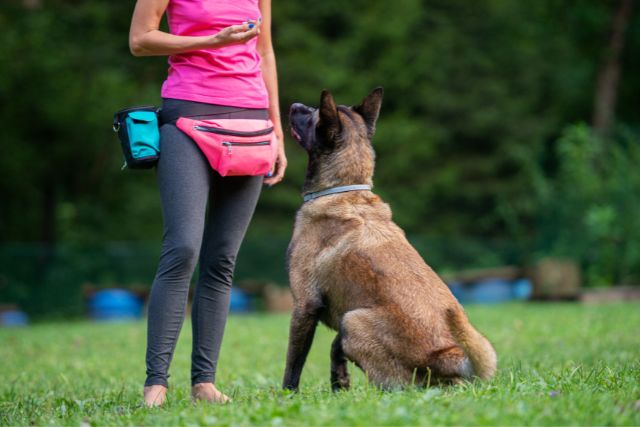

Bonding and Basic Obedience
Building a strong bond with your dog is the first step in SAR training. Spend time playing, walking, and engaging in activities that your dog enjoys.
This bond will help in training as your dog learns to trust and follow your lead. Basic obedience training, including commands like sit, stay, come, and heel, is also crucial.
These commands ensure your dog can follow directions accurately during SAR missions.
Introduction to Scent Trails
Start by introducing your dog to scent trails. Use a piece of clothing that has your scent and lay a trail in a familiar environment.
Encourage your dog to follow the scent by giving a command such as “search.” Gradually increase the complexity of the trails as your dog becomes more proficient.
This forms the foundation for more advanced scent work later on.
Essential Equipment for SAR Training
Proper equipment is vital for SAR training. Invest in a sturdy harness, a long leash, and a variety of scent articles.
Additionally, consider using GPS collars to track your dog’s movements during training sessions. Ensuring you have the right tools will make training more effective and safe for both you and your dog.
Advanced Training Techniques
Once your dog has mastered basic obedience and scent work, it’s time to move on to advanced training techniques.
These methods will prepare your dog for the diverse and challenging conditions they will encounter in real SAR operations.
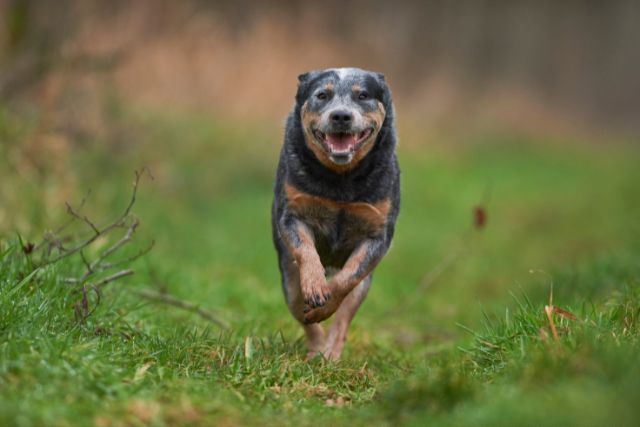

The Right Track Method
The Right Track Method involves creating a scent path using an article of clothing. Start with short, straight trails and gradually increase the length and complexity.
Use verbal commands and reward your dog when they successfully find the target. This method helps your dog understand how to follow scent trails accurately.
The Follow Trail Method
The Follow Trail Method is less structured but equally effective. Take your dog to a populated area and have them follow a scent trail left by an assistant.
This method teaches your dog to distinguish the target scent from other distractions. Gradually increase the difficulty by adding more twists and turns in the trail.
Increasing Training Difficulty
As your dog becomes more skilled, increase the difficulty of the training exercises. Introduce distractions, longer trails, and different environments.
This helps your dog adapt to various scenarios and improves their overall proficiency. Consistent practice in diverse conditions is key to successful SAR training.
Common Challenges and How to Overcome Them
SAR training can present several challenges, such as maintaining your dog’s focus and dealing with distractions.
To overcome these, keep training sessions short and engaging, gradually increasing their length. Use positive reinforcement to encourage desired behaviours and address any issues promptly.
Patience and persistence are essential in overcoming training hurdles.
Specialized Training for Different Environments
SAR dogs must be versatile and capable of working in various environments. Specialized training prepares them for specific conditions they may encounter during rescues.
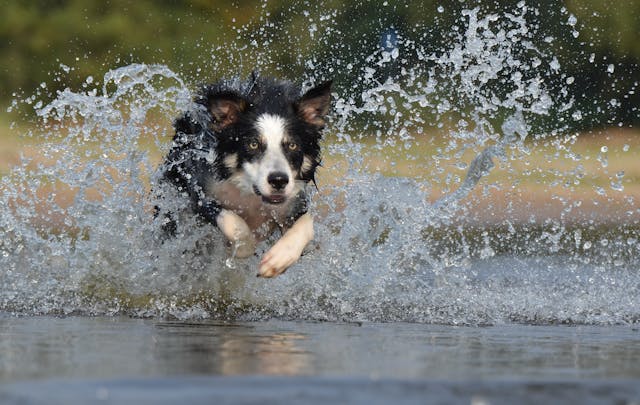

Water Search and Rescue Training
Water search and rescue training involves teaching your dog to locate individuals in water. Start with shallow water exercises, gradually moving to deeper areas.
Use floating scent articles and practice retrieving objects from the water. This training enhances your dog’s ability to work in aquatic environments, which is crucial for water rescues.
Snow and Avalanche Search and Rescue
Training for snow and avalanche rescues requires your dog to work in cold, snowy conditions. Begin with simple hide-and-seek exercises in the snow, gradually increasing the difficulty.
Teach your dog to locate buried objects and people, simulating avalanche scenarios. This training is essential for dogs working in mountainous regions.
Urban Search and Rescue Techniques
Urban search and rescue involves locating individuals in densely populated areas or disaster sites. Train your dog to navigate rubble, search buildings, and work in noisy environments.
Use scent articles and practice in urban settings to familiarize your dog with these conditions. This training prepares them for the unique challenges of urban rescues.
Certification and Ongoing Training
Certification is crucial for ensuring your dog meets the standards required for SAR work. Ongoing training is also essential to maintain and enhance their skills.


Certification Programs in Australia
Various organizations in Australia offer certification programs for SAR dogs. These programs assess your dog’s abilities and ensure they meet the required standards.
Look for reputable programs that provide comprehensive training and certification. Completing these programs validates your dog’s readiness for SAR missions.
Maintaining and Enhancing SAR Skills
Regular training is necessary to keep your dog’s skills sharp. Schedule ongoing training sessions that simulate real-life scenarios.
Practice in different environments and conditions to maintain their proficiency. Continuous training helps your dog stay prepared for any SAR mission.
Continuous Training and Practice
Consistent practice is vital for maintaining your dog’s SAR abilities. Set up regular training sessions and involve different people and environments.
This keeps your dog engaged and ensures they remain effective in their role. Continuous practice reinforces their skills and adaptability.
Choosing the Right Breed for SAR
Selecting the right breed is essential for SAR work. Certain breeds possess the traits necessary for effective search and rescue operations.


Breeds Commonly Used in SAR
Common SAR breeds include German Shepherds, Labrador Retrievers, and Belgian Malinois. These breeds are known for their intelligence, trainability, and endurance.
They are well-suited for the physical and mental demands of SAR work.
Traits of an Ideal SAR Dog
An ideal SAR dog should be intelligent, trainable, and have a strong work ethic. They should also possess good physical stamina and the ability to work in various environments.
Socialization and a calm demeanour are important, as they will interact with different people and situations during rescues.
Considerations for Selecting Your SAR Dog
When selecting a dog for SAR training, consider their temperament, physical health, and breed characteristics. Look for dogs with a strong drive to work and a good temperament.
It’s also important to choose a dog that is physically fit and healthy, as SAR work can be demanding.
Benefits of SAR Training
SAR training offers numerous benefits for both dogs and handlers. It enhances the dog’s physical and mental well-being while providing valuable skills for handlers.
Physical and Mental Benefits for Dogs
SAR training improves a dog’s physical fitness, agility, and endurance. It also provides mental stimulation, keeping them engaged and focused.
The training helps reduce destructive behaviours and increases their overall confidence and well-being.
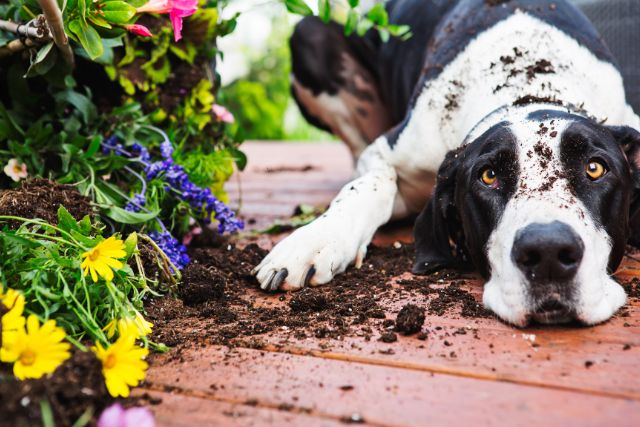

Skills and Knowledge Gained by Handlers
Handlers gain valuable skills and knowledge through SAR training. They learn techniques for effective dog handling, first aid, and emergency response.
The training also strengthens the bond between the handler and the dog, fostering a strong working relationship.
Impact on Dog Behavior and Confidence
SAR training positively impacts a dog’s behaviour and confidence. It encourages problem-solving skills, obedience, and adaptability.
The challenges of SAR work help build a dog’s confidence, making them more resilient and capable in various situations.
Historical Context of SAR Dogs
Understanding the history of SAR dogs provides insight into their development and significance.
From early deployments in the alpine passes to modern-day urban rescues, SAR dogs have evolved to become indispensable in search and rescue operations.
The Evolution of Search and Rescue Dogs
The use of dogs in search and rescue dates back to the late 1800s. Organizations like the Mount St. Bernard Hospice in the Alps used dogs to find travellers lost in snowstorms.
During World War I and II, dogs were deployed to locate injured soldiers on the battlefield.
Over time, their roles expanded to include urban and wilderness searches, making them essential in various rescue operations.
Significant Historical Deployments
One of the most notable historical uses of SAR dogs was during World War II, when they were used to locate survivors in bombed cities.
More recently, SAR dogs have been deployed in major disasters such as the 9/11 attacks, earthquakes, and hurricanes.
Their ability to navigate difficult terrain and locate survivors quickly has made them invaluable in these critical situations.
Modern Uses and Advancements in SAR
Today, SAR dogs are trained for a variety of specialized tasks, including avalanche rescue, water search and rescue, and cadaver detection.
Advances in training techniques and technology, such as GPS tracking and scent detection equipment, have enhanced their effectiveness.
SAR dogs continue to play a vital role in search and rescue missions worldwide.
Engaging Your Dog in SAR Training Activities
Engaging your dog in SAR training activities helps develop their skills and keeps them motivated. These activities should be challenging, fun, and varied to maintain your dog’s interest and enthusiasm.
Creating Scent Paths and Trails
Creating scent paths and trails is a fundamental part of SAR training. Use items with a strong scent, such as worn clothing, and lay a trail in a familiar area.
Gradually increase the complexity by adding twists, turns, and different environments. This helps your dog learn to follow scent trails accurately and efficiently.
Hide-and-Seek Games
Hide-and-seek is an excellent way to make SAR training enjoyable for your dog. Have an assistant hide with a scent item while you hold your dog.
Give the command to search and let your dog find the hidden person. Gradually increase the difficulty by extending the hiding distance and adding obstacles.
This game builds your dog’s problem-solving skills and keeps them engaged.
Practicing in Varied Environments
Training in different environments is crucial for preparing your dog for real-life SAR missions. Practice in urban settings, forests, fields, and near bodies of water.
Each environment presents unique challenges that will help your dog become more adaptable and versatile.
Regular exposure to varied conditions ensures your dog can handle any situation during a rescue operation.
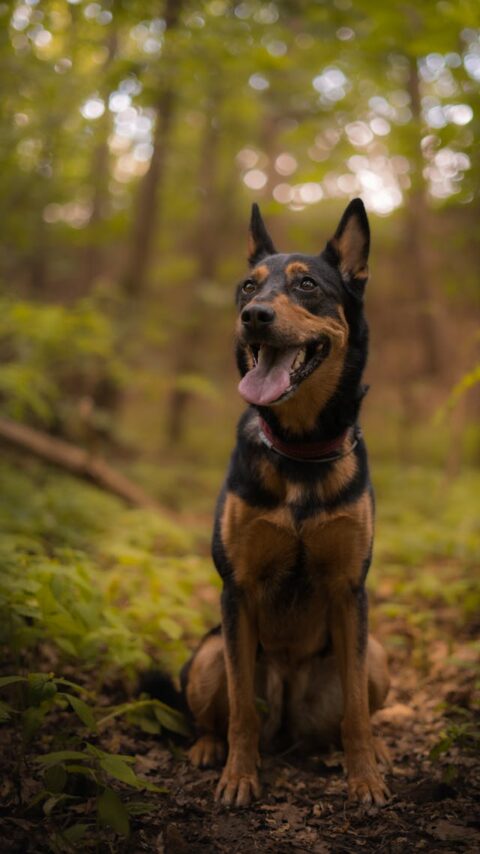

Socializing Your Dog for SAR
Socialization is essential for SAR dogs, as they will interact with various people during missions. Introduce your dog to different social settings, including children, other dogs, and unfamiliar adults.
Positive interactions in these situations build your dog’s confidence and ensure they remain calm and friendly during rescues. Regular socialization also helps prevent anxiety and aggression.
Conclusion
Training your dog for search and rescue is a rewarding and impactful endeavour.
By following the guidelines and techniques outlined in this guide, you can help your dog develop the necessary skills to become an effective SAR dog.
Remember, SAR training is a continuous journey that requires dedication, patience, and consistent practice.
With time and effort, your dog can become a valuable asset in life-saving missions, making a significant difference in your community.

